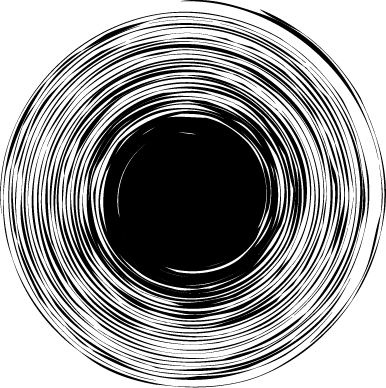Aesthetics have universal and personal appeal. Most people can agree on a beautiful proportion. It is not a logical choice, but rather a sense derived of diverse subtleties in personal and cultural experience and preference. Beauty is considered an emergent property—a quality spontaneously generated from within, not created by external decoration or a superficial addition of some sort.
(Extract from Nature by Design by Maggie Macnab)
Using the understanding achieved through studying the animal/ bird / plant / insect of choice, its unique characteristics, metaphors associated with it, cultural significance etc, were listed. Any one of these metaphors/characteristics were used to create a graphic that tiles infinitely. Regular, semi-regular tessellation grids or a derived gird suitable for the purpose of the project was applied.
It is not just the marvelous colors and markings that make a dragonfly stand out, but the form of this primeval beauty that nature got right 300 million years ago. According to evolutionists, it is believed that this primitive wonder of design appeared all at once and has not evolved to this day. And yet, their appearance and lifestyle are so strange that for all we know they could be visitors from another planet. One of the fundamental reasons for choosing a dragonfly as a subject to study design in nature was because they have been one of the most successful life forms that survived a 100 million years before the dinosaurs and still continues to with little change in their form, function and aesthetic characteristic.
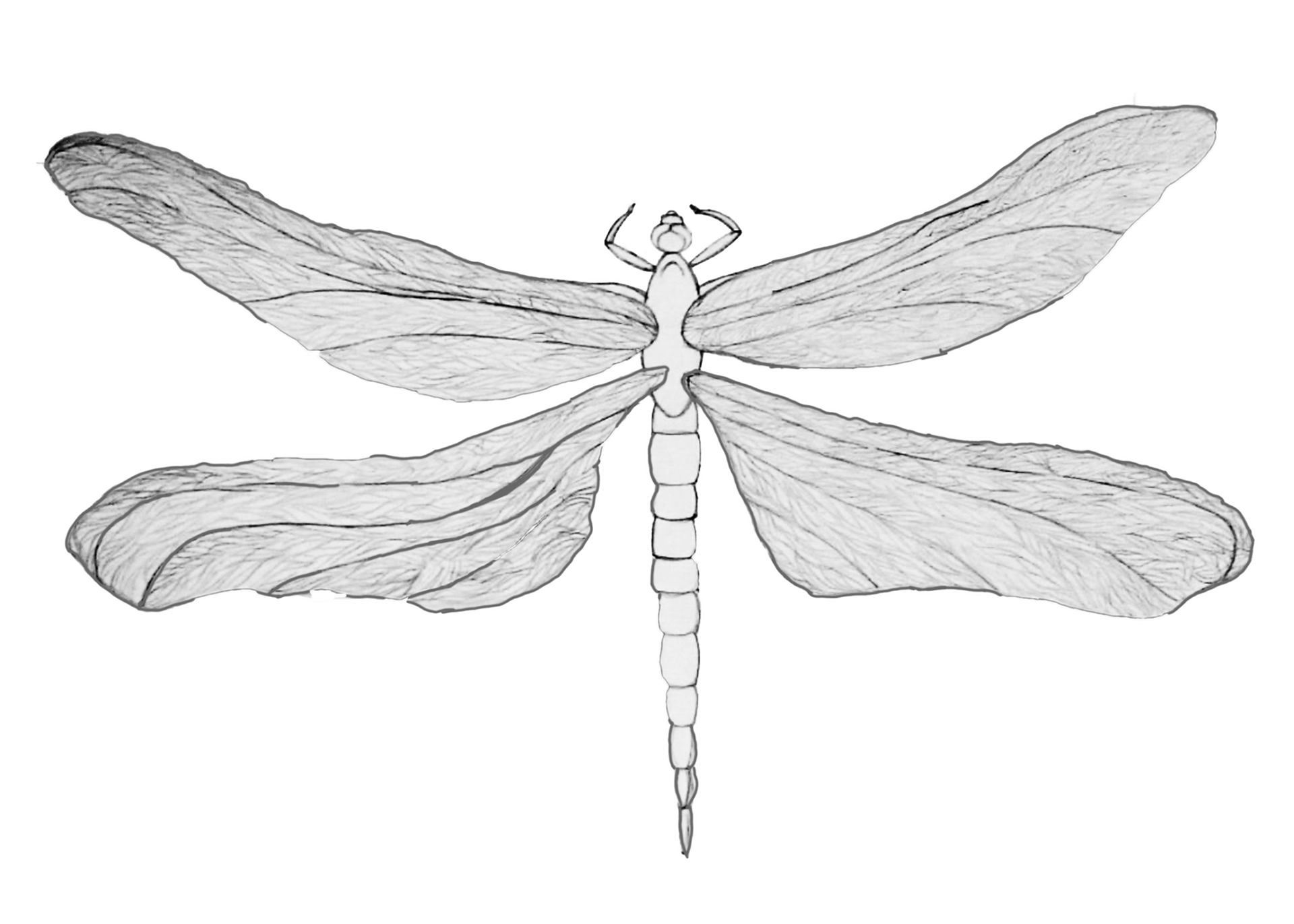
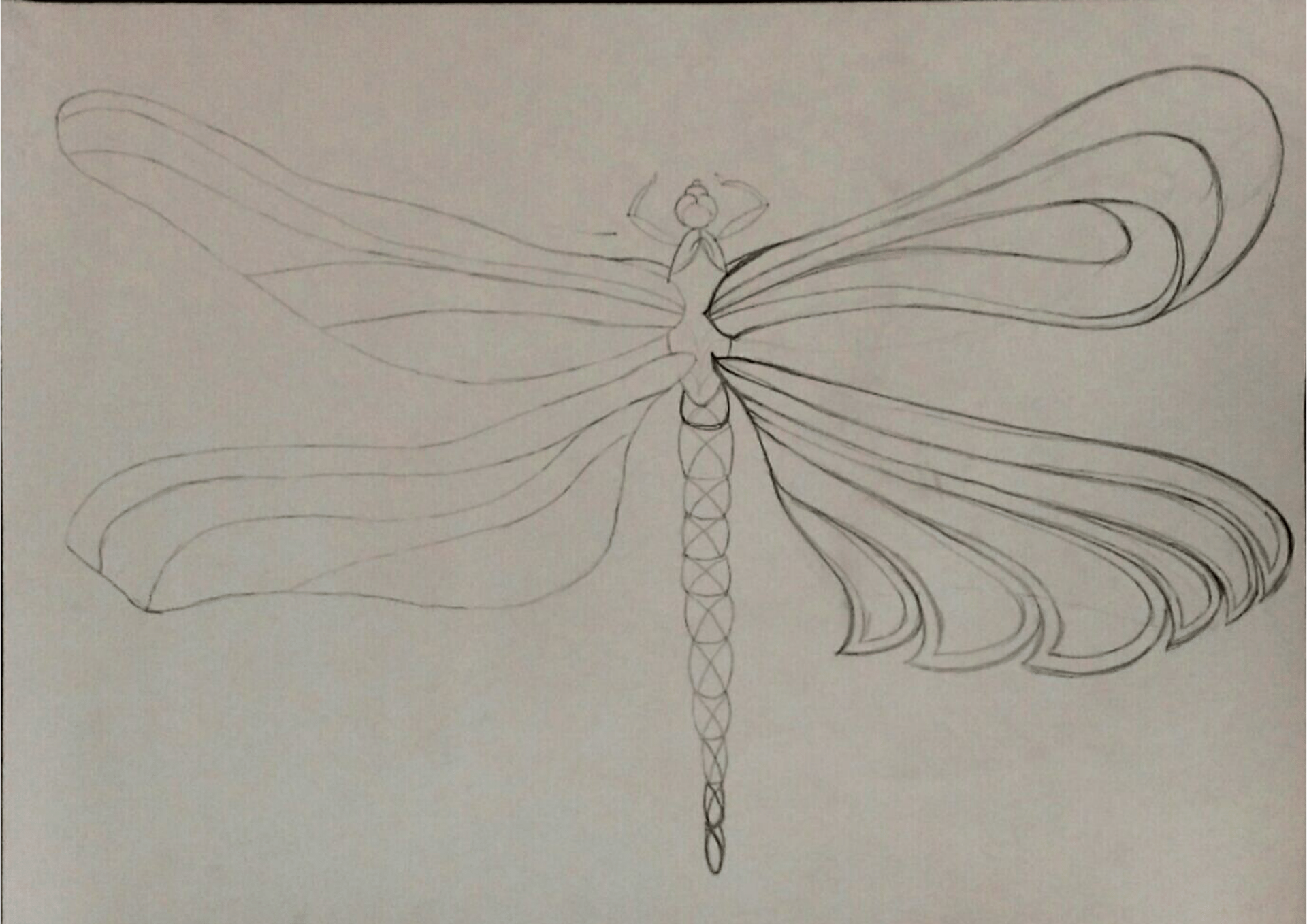


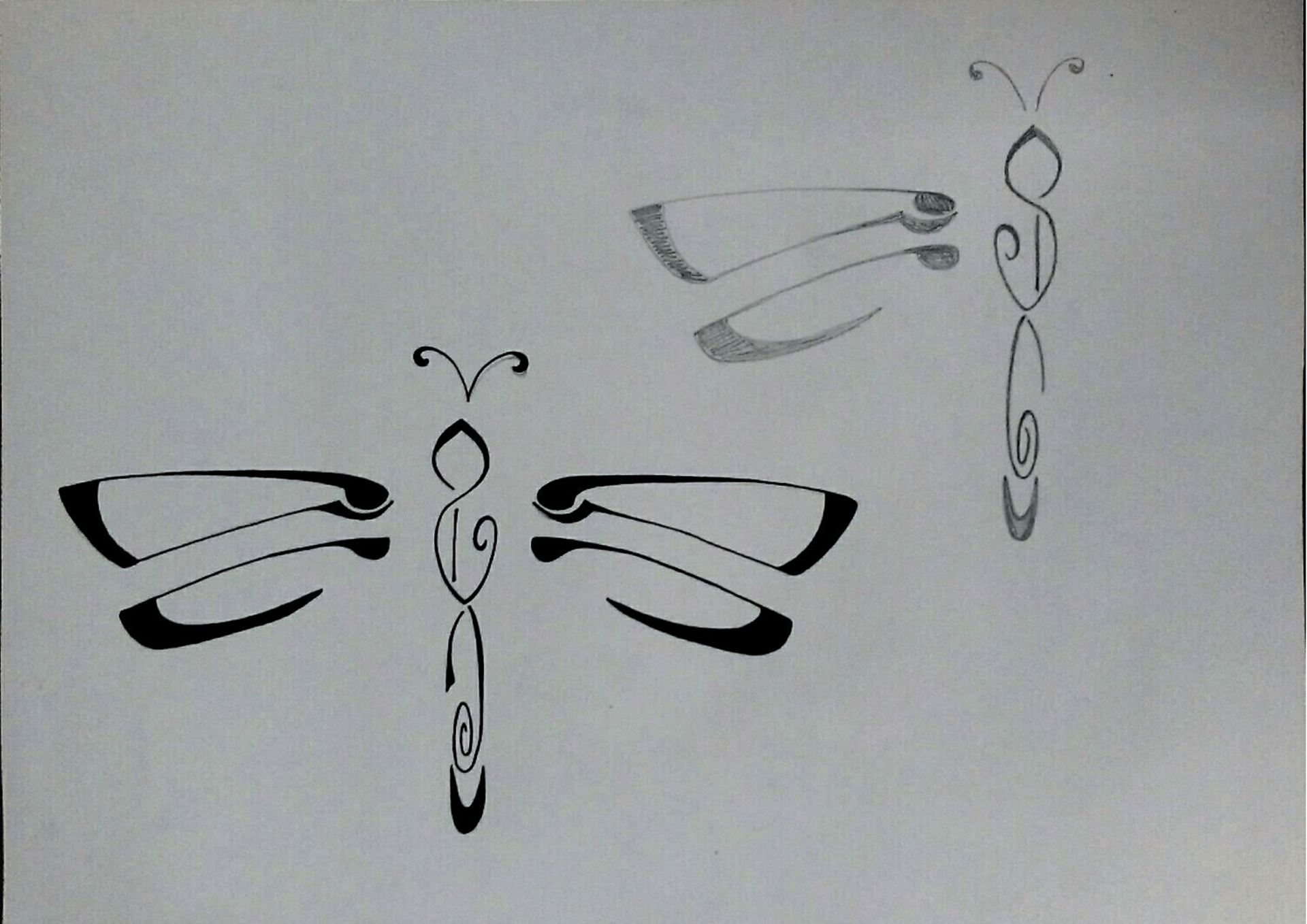
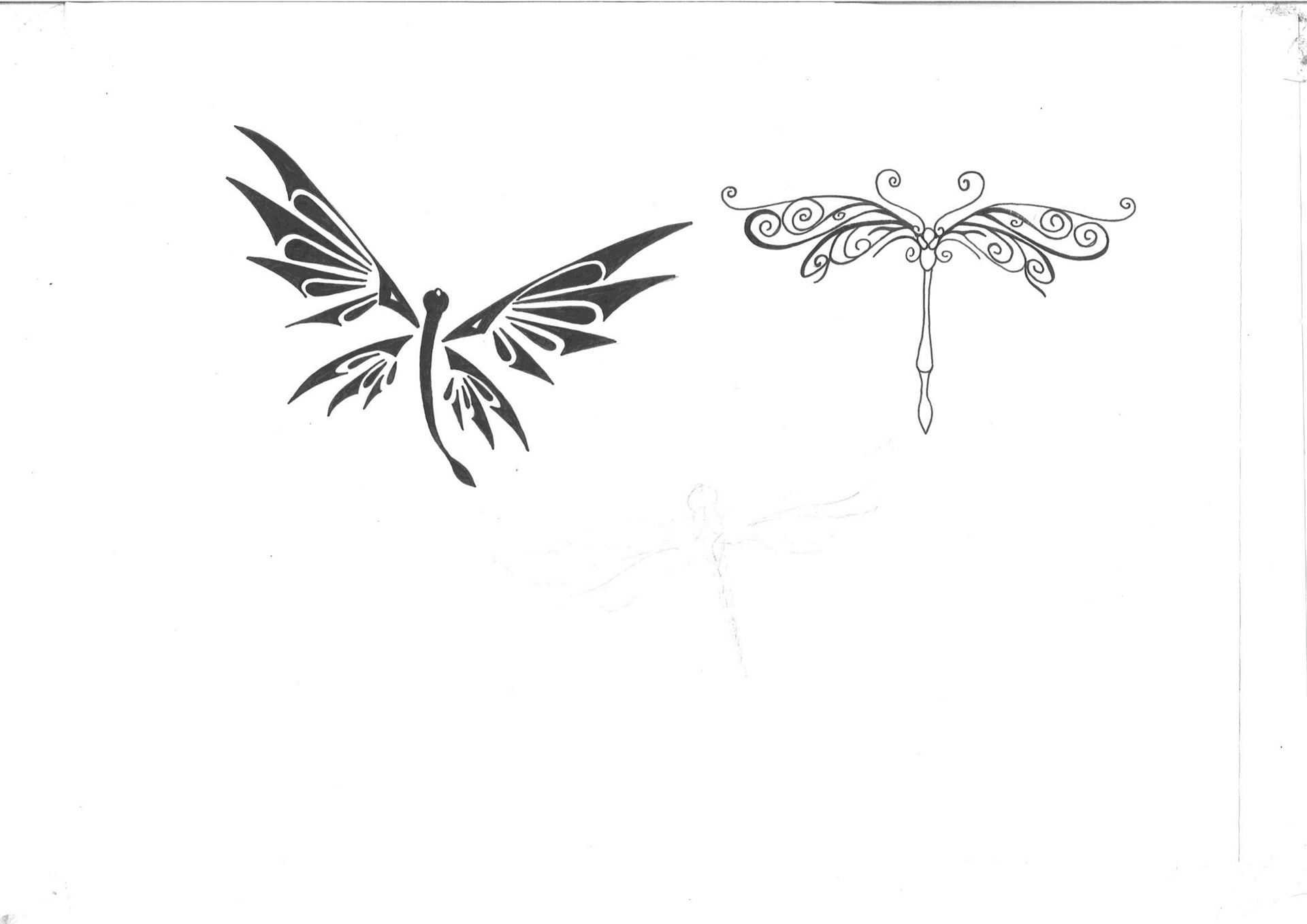

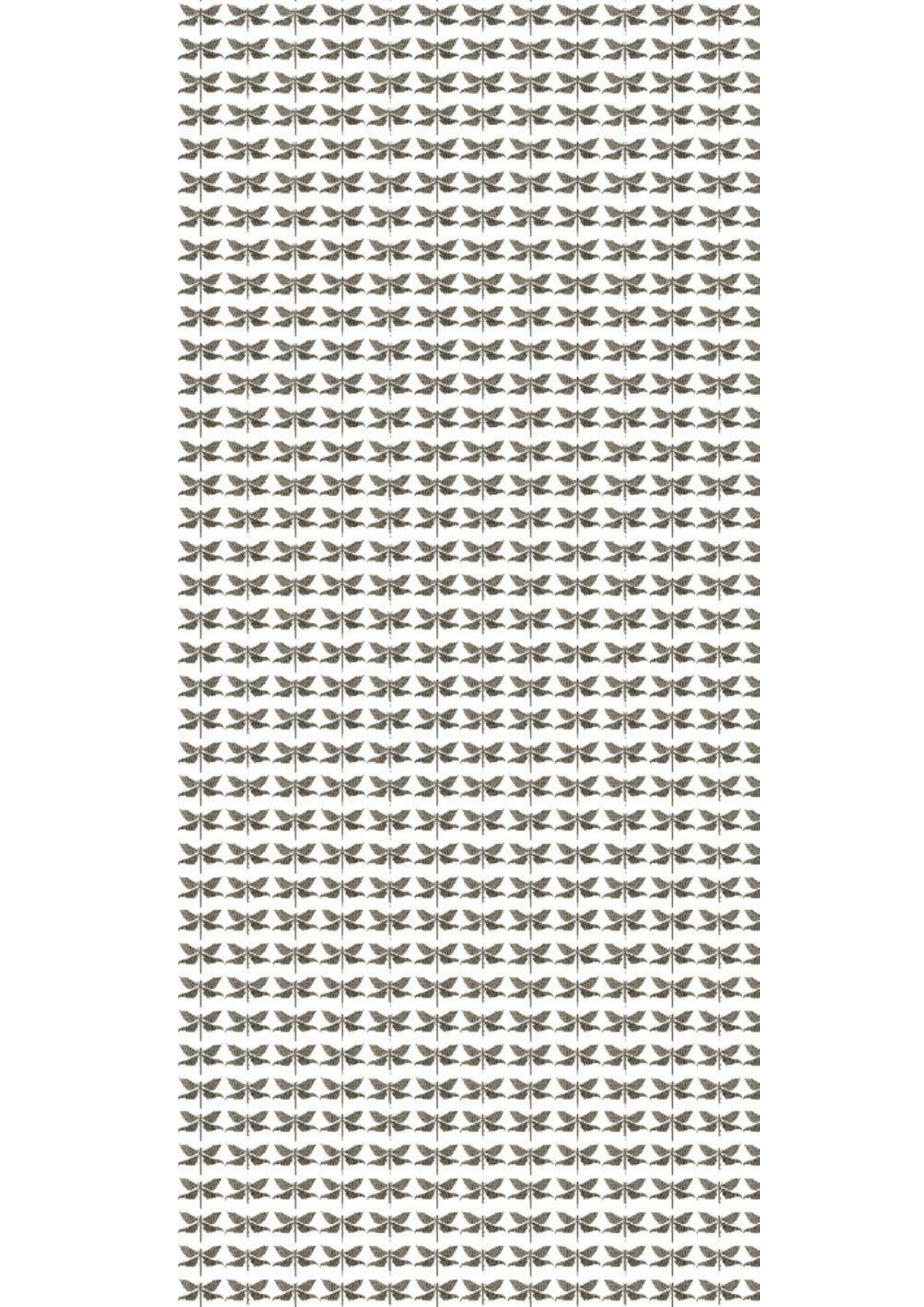
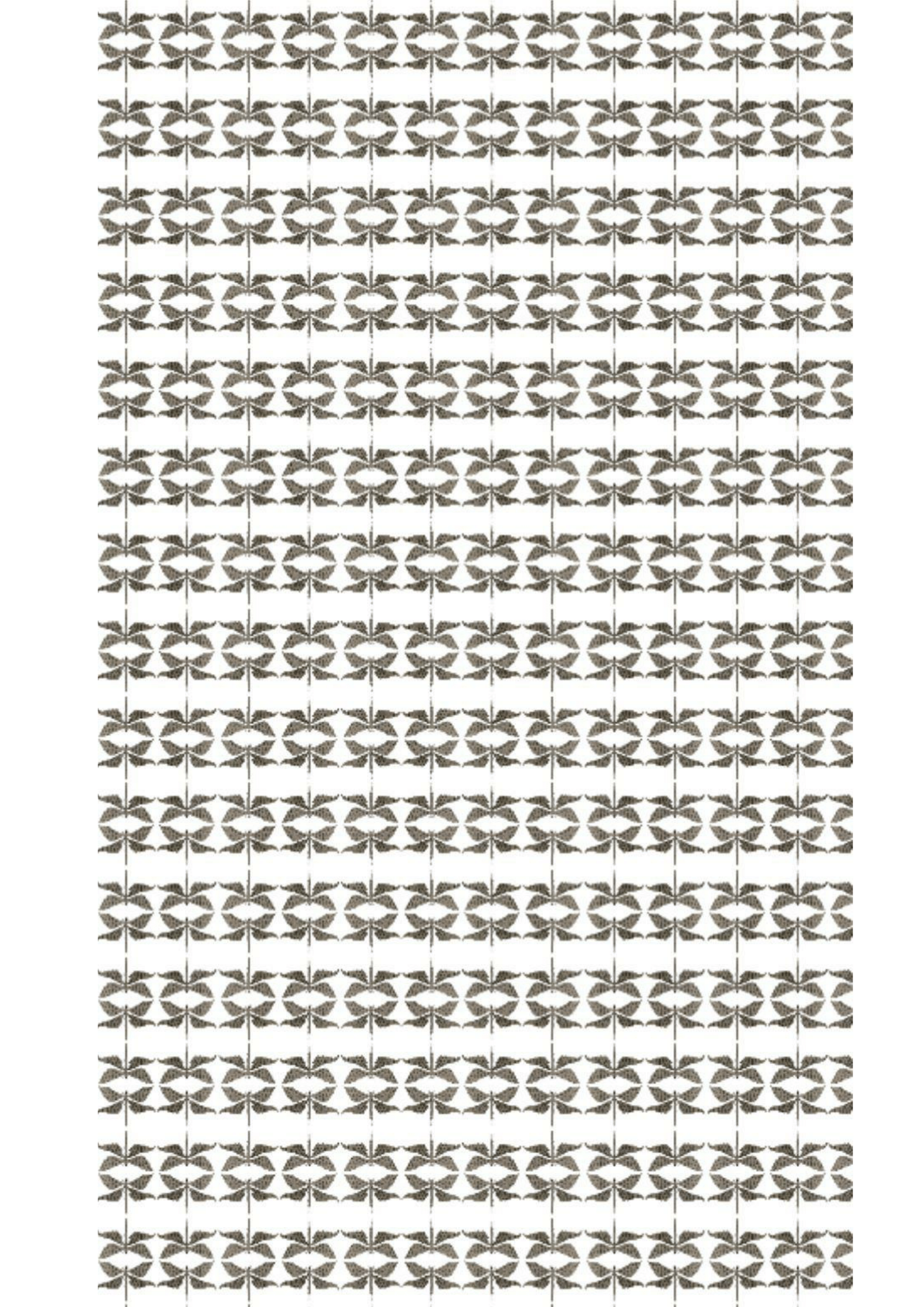
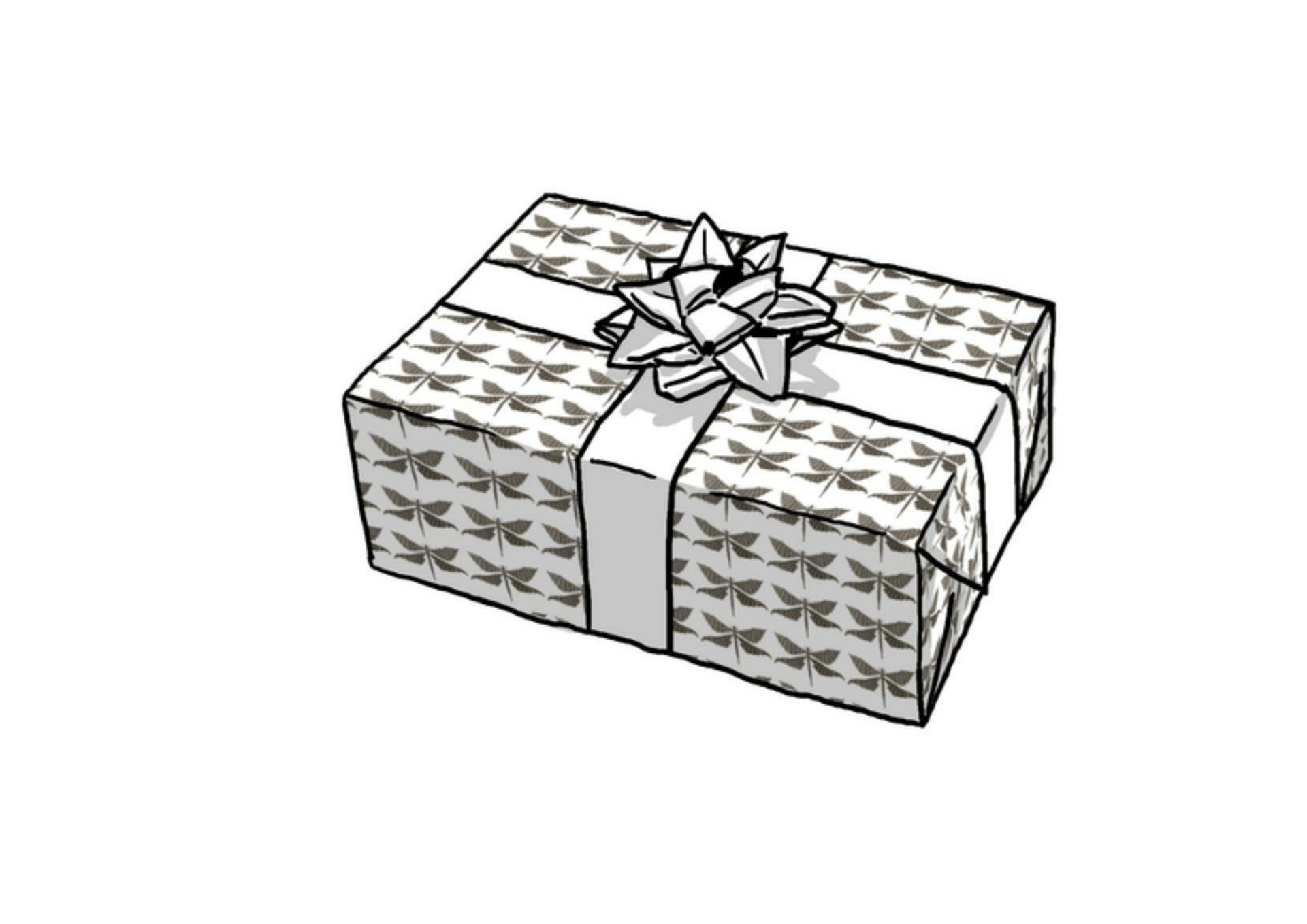
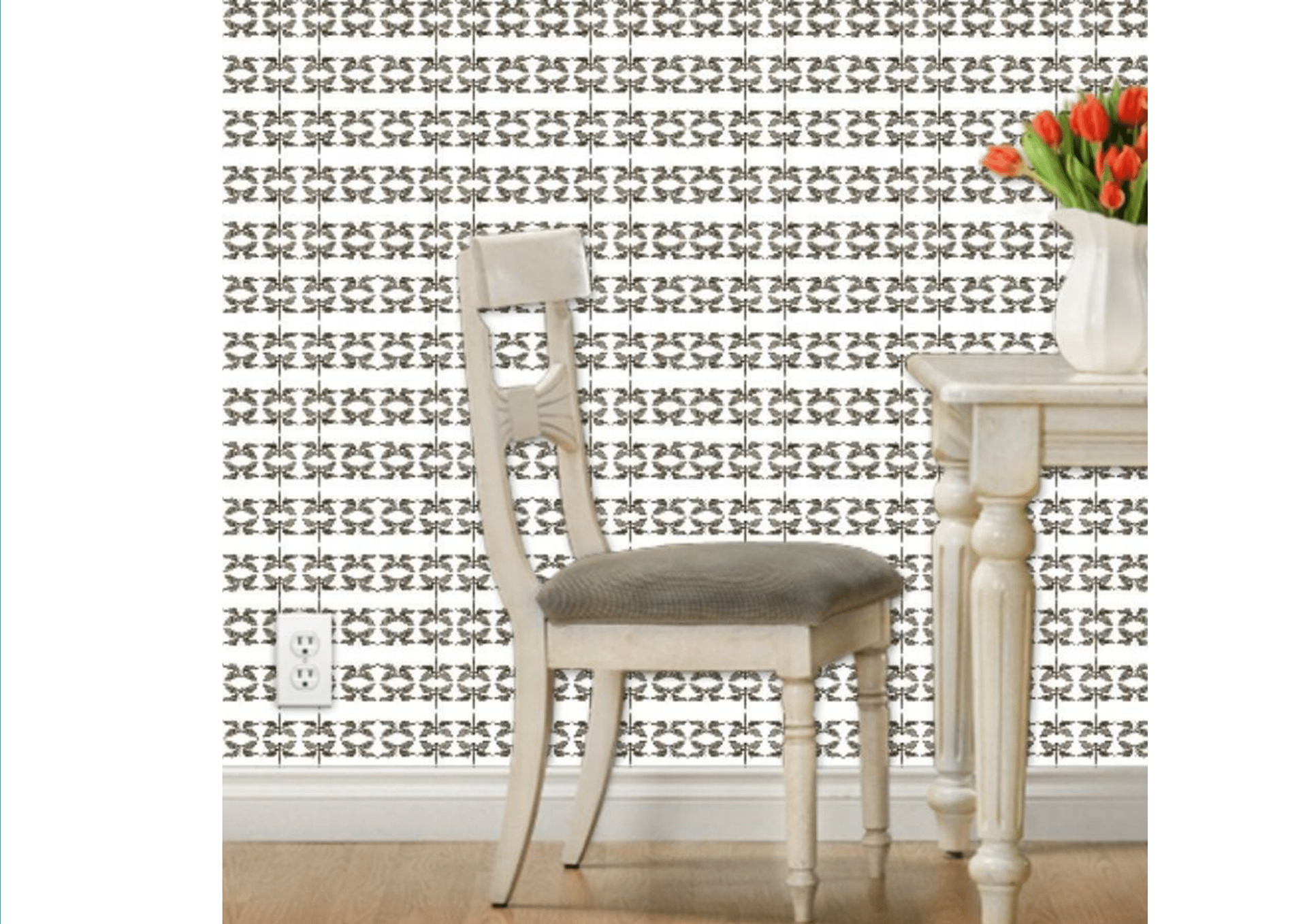
Process and Use
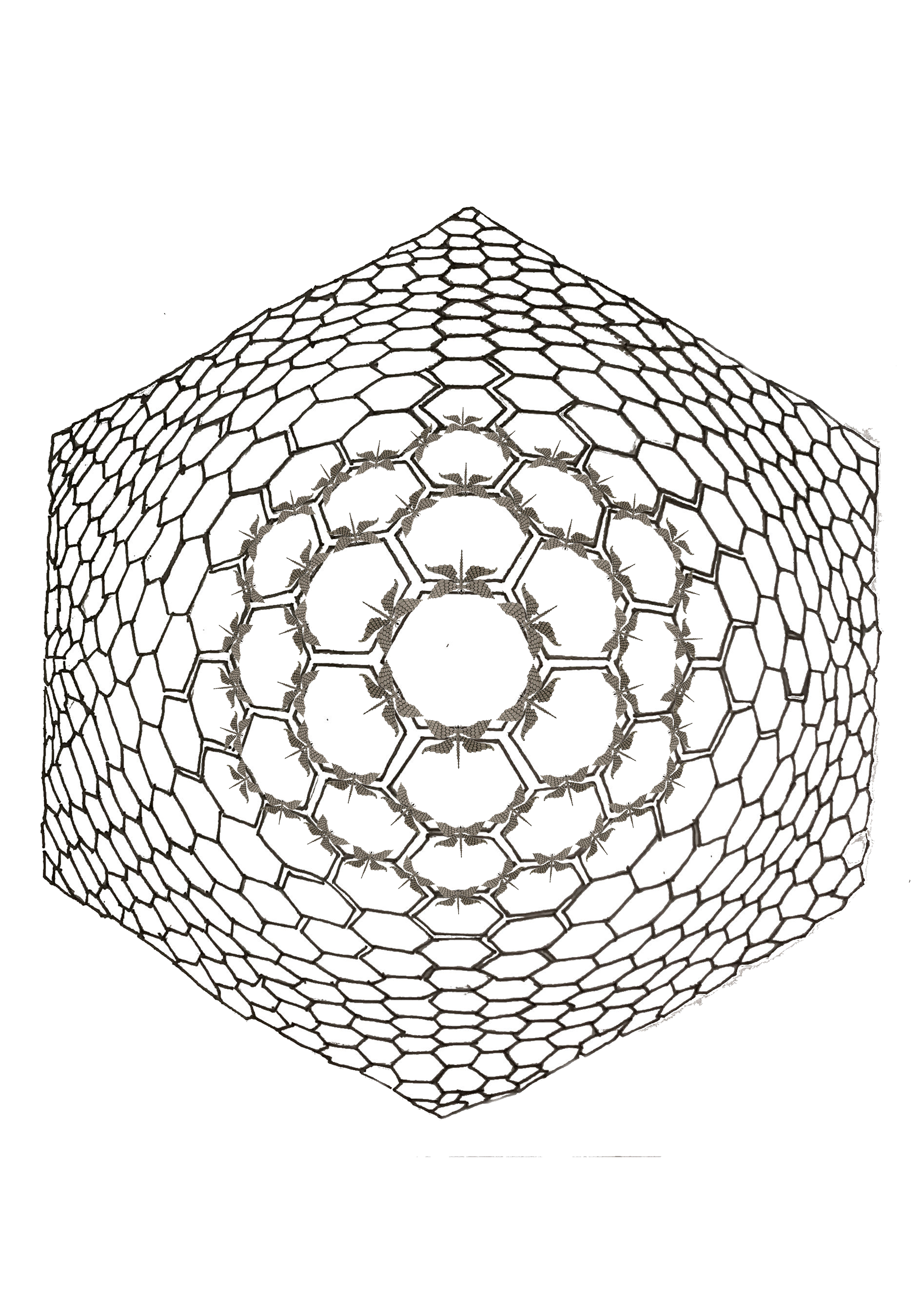

Tessellation Grids
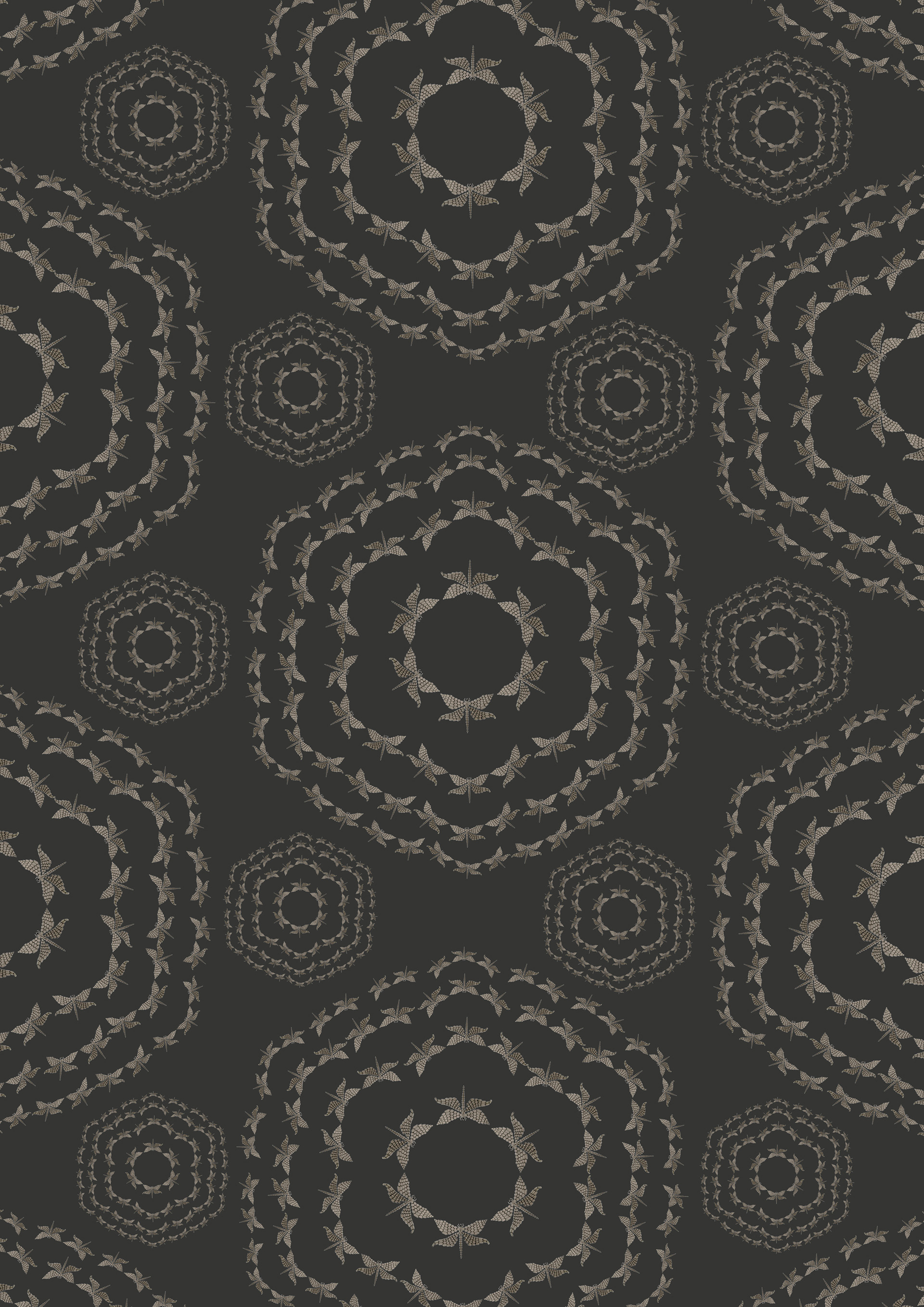
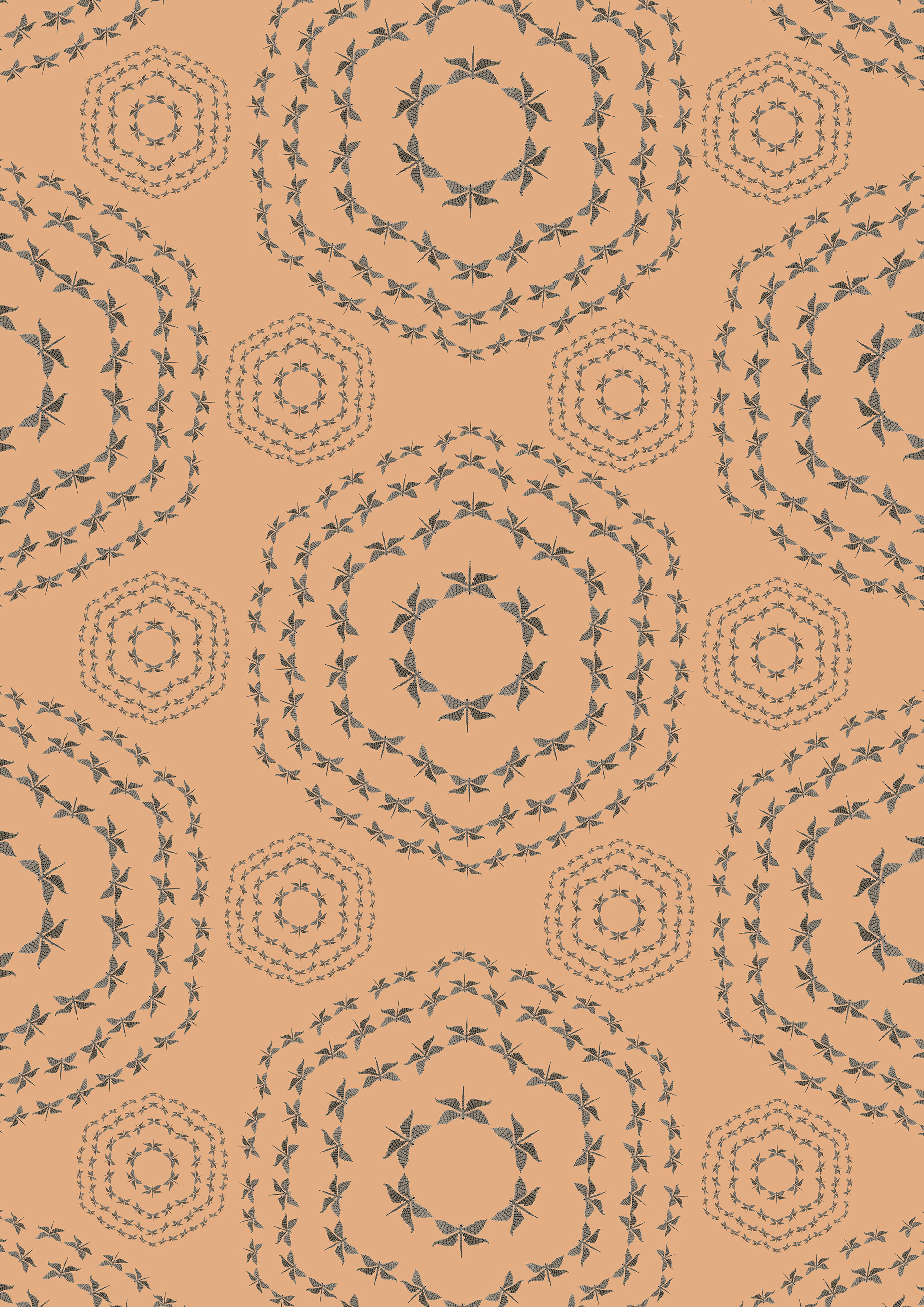
The pattern is an inspiration derived from the vision of a dragonfly. The eye of a dragonfly is considered the most complicated insect eye structure. Each eye is composed of about 30,000 hexagonally arranged eye structures or individual lenses, each lens directed in a different direction. These eyes occupy nearly all the dragonfly’s head and provide the insect with a stunningly wide visual field that allows it to almost keep an eye on its back. The hexagonal formation in the pattern symbolizes the microscopic geometry of a compound eye and an interpretation of how it’s compound eye might perceive a mirror image of itself. This structure was also chosen to bring out the circle and cycle aspect of this insect’s life cycle. Moreover, this is an adaptive form of pattern design wherein, this design is based on another design(the eye structure) but is significantly modified and altered to be considered new and different.
